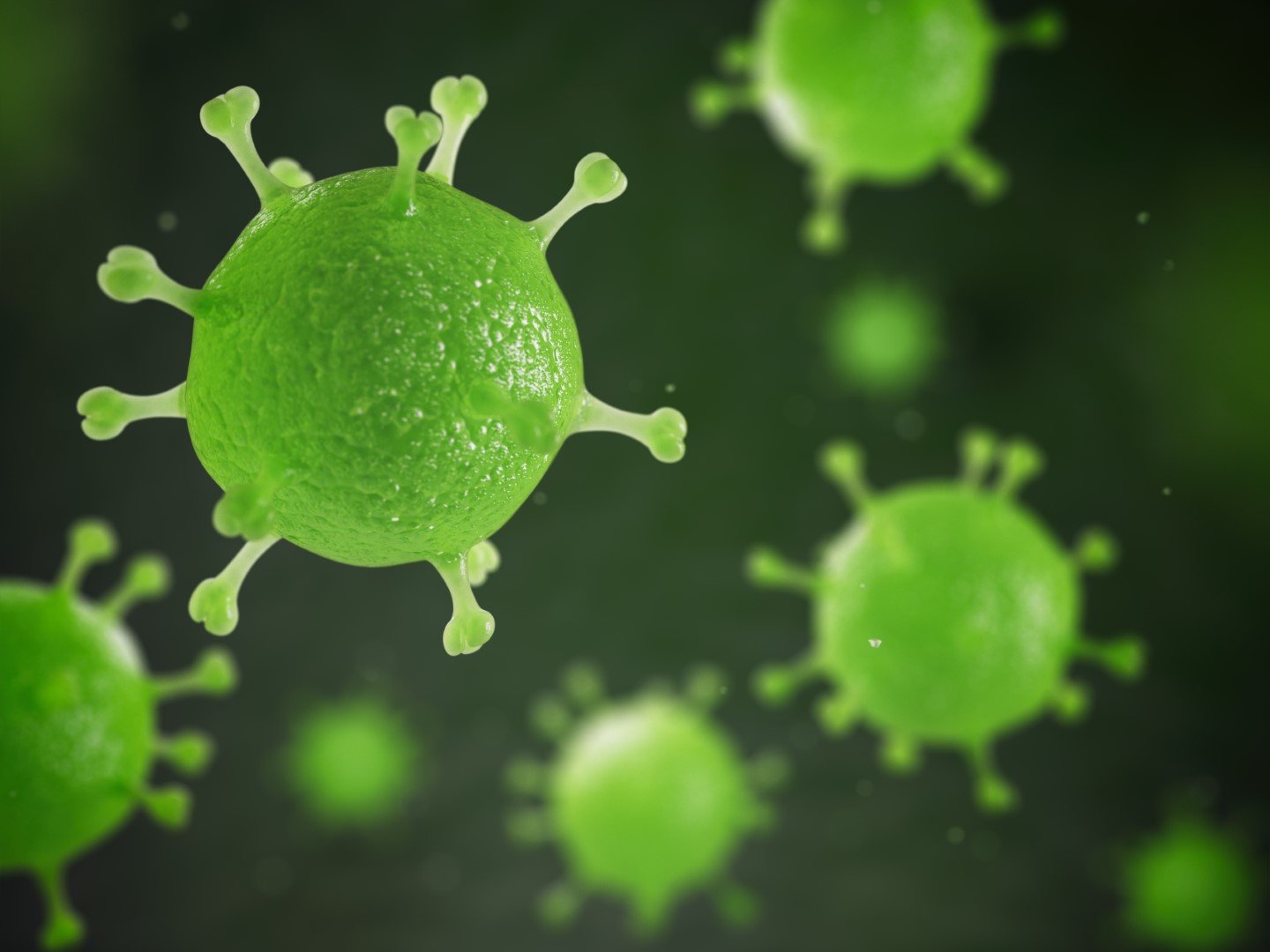Microbiology
MICROBIOLOGY is the branch of science that deals with the study of
microorganisms. The family of microorganisms includes fungi, bacteria and viruses. So
microbiology studies organisms that require a microscope to be seen. Virology (a
section covered previously) is the branch of microbiology that studies viruses. Other
branches of microbiology are mycology and parasitology. Interestingly, although
microbiology is a heavily researched field we are probably familiar with a tiny fraction
of all the existing microbe species on earth.

Microbes and Disease
It is not uncommon for microorganisms to cause disease, those are known as pathogenic microbes. Pathogenic bacteria may cause diseases such as plague, tuberculosis or anthrax and pathogenic fungi may cause diseases such as ringworm or candidiasis.

Microbes and the environment
Microbes are not only pathogenic. They can be quite useful to the environment and humans. For instance microorganisms are useful in making food (fermentation) and in treating water (sewage treatment). Further they aid human digestion when kept under control.
MICROBIOLOGY
- Trichomonas vag. / Yeasts
- Escherichia coli
- Proteus spp.
- Pseudomonas spp.
- Gardnerella vaginalis
- Staphylococcus aureus
- Enterococcus faecalis
- Neisseria gonorrhoeae
- Streptococcus agalactiae
- Candida spp.
- Ureaplasma urealyticum
- Mycoplasma hominis
- TOTAL COUNT
- FECAL COLIFORM’S
- PSEUDOMONAS
- TOTAL COLIFORM’S
- YEAST & MOLD’S
- ENTEROCOCCI
- E.COLI
- STAPHYLOCOCCUS
- AUREUS
Useful Websites for additional Information:
-
National Institutes of Health’s National Institute of Allergy and Infectious Diseases (NIAID)
For general information on infectious diseases visit the website
-
Centers for Disease control and Prevention
For general information visit the website
-
Lab Tests online
For additional information on specific exams visit the website